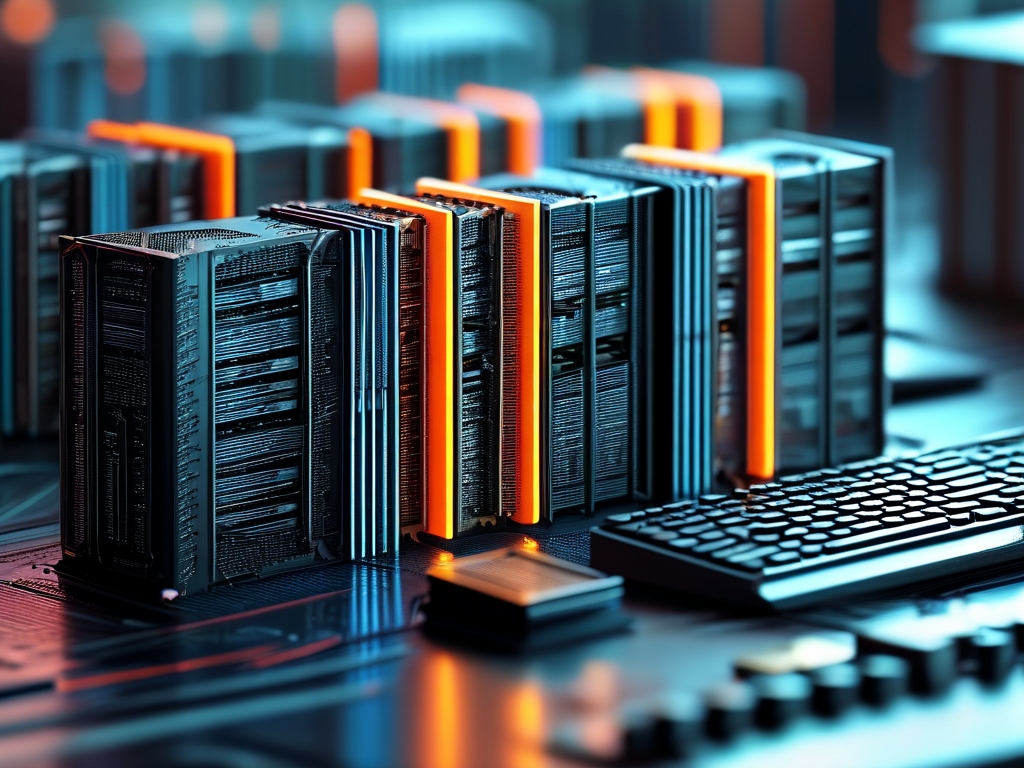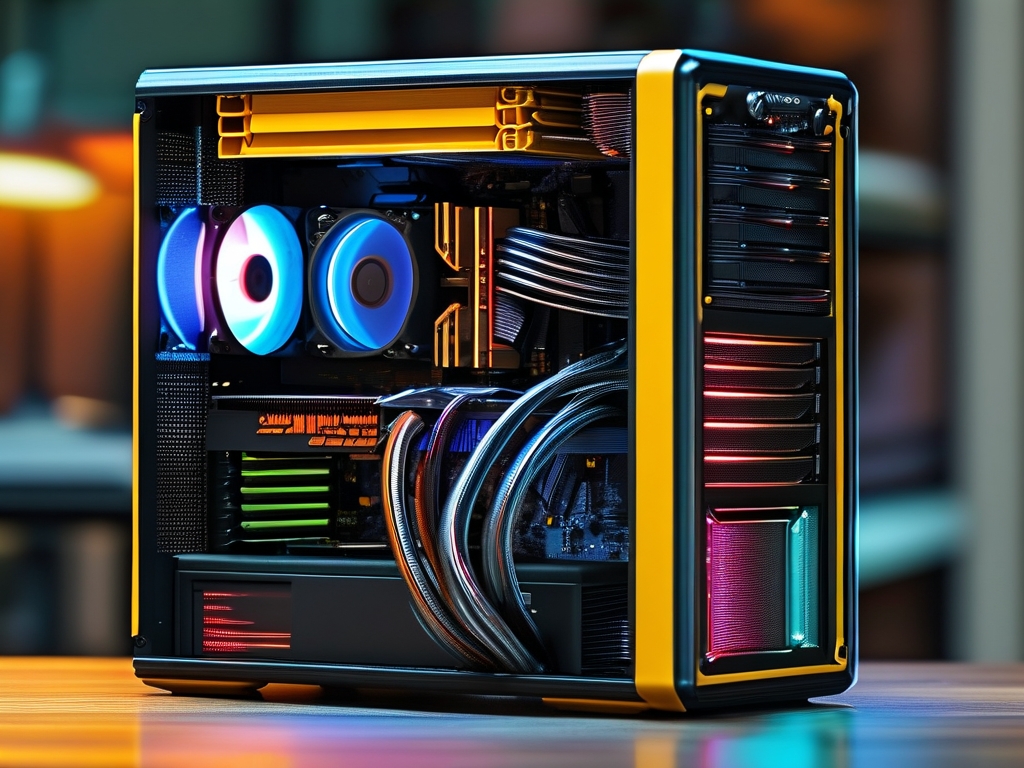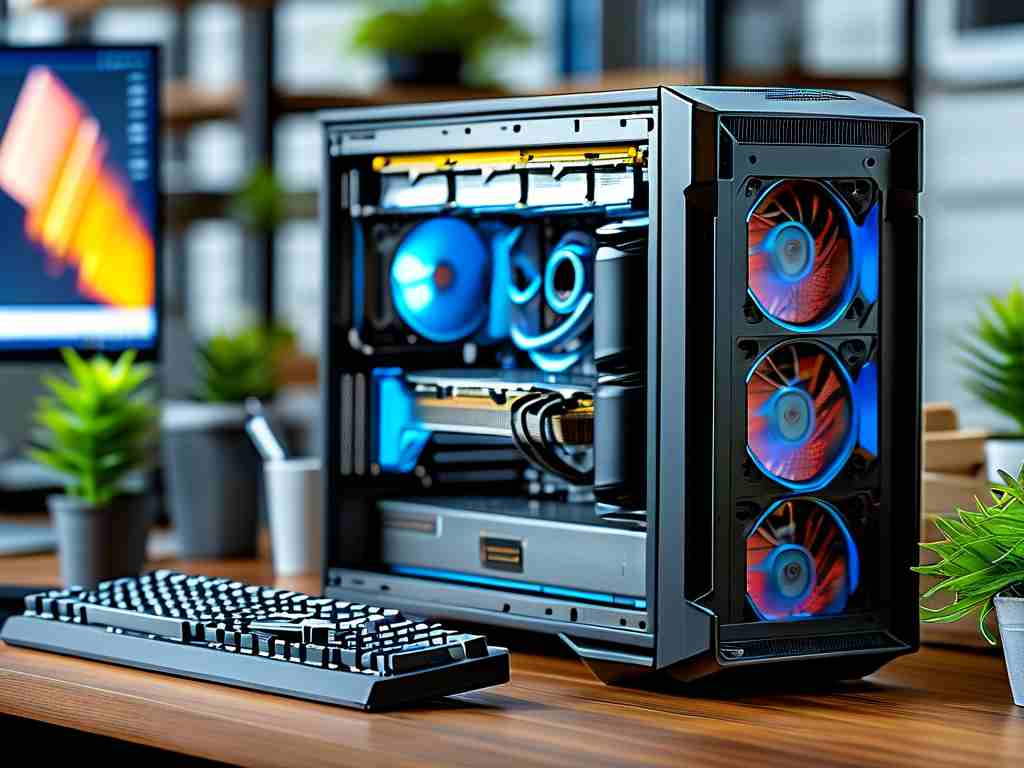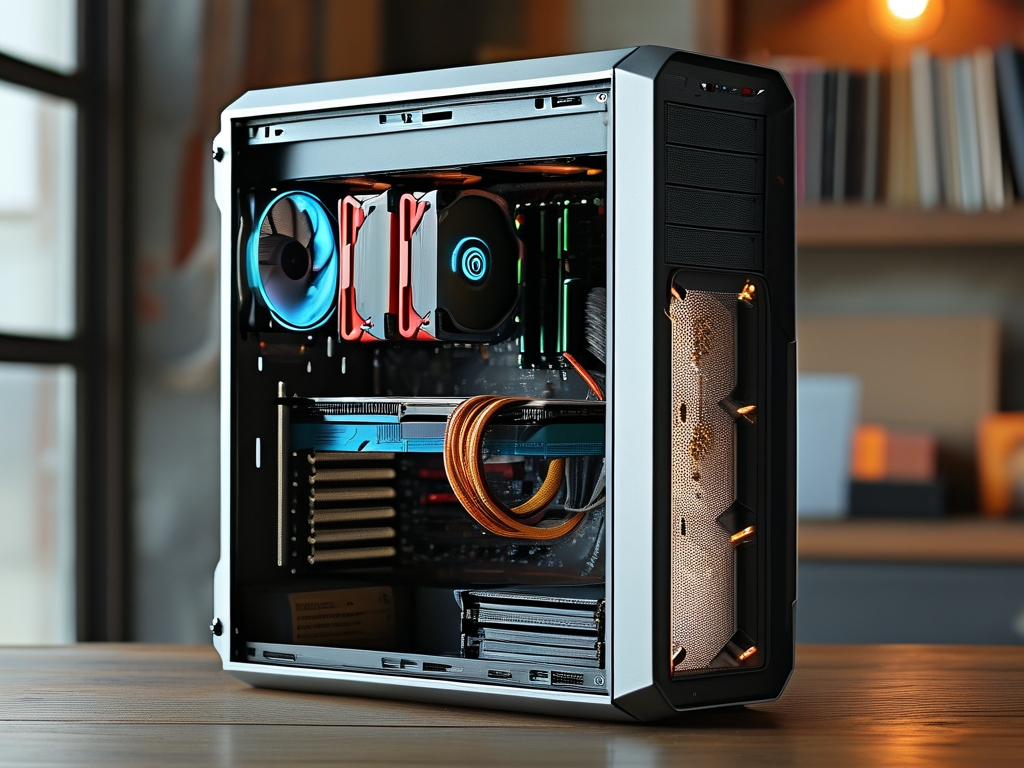Memory classification in computers refers to the systematic organization of memory types based on their roles, performance characteristics, and proximity to the central processing unit (CPU). This categorization ensures efficient data handling, optimizes system performance, and supports diverse computing tasks. In this article, we explore the meaning of memory classification, its significance, and the distinct categories of memory used in modern computing systems.
1. The Concept of Memory Classification
Computer memory is not a single entity but a hierarchy of storage solutions designed to balance speed, capacity, and cost. Memory classification organizes these components into tiers, each serving specific functions. The primary goal is to minimize latency, maximize data accessibility, and ensure seamless interaction between hardware and software.
Key Principles of Memory Hierarchy
- Speed vs. Capacity Trade-off: Faster memory types (e.g., registers) are smaller and costlier, while slower ones (e.g., hard drives) offer larger capacities at lower costs.
- Temporal and Spatial Locality: Frequently accessed data is stored in faster memory layers to reduce retrieval time.
- Volatility: Some memory types retain data only when powered (volatile), while others preserve it permanently (non-volatile).
2. Categories of Computer Memory
Memory classification typically divides into three main tiers: primary memory, secondary storage, and tertiary/offline storage.
2.1 Primary Memory (Main Memory)
Primary memory interacts directly with the CPU and is critical for real-time operations.
-
Random Access Memory (RAM):
- Volatile: Loses data when power is off.
- Types:
- DRAM (Dynamic RAM): Requires constant refreshing; used for system memory.
- SRAM (Static RAM): Faster and more expensive; used in CPU caches.
- Function: Temporarily holds data and instructions for active applications.
-
Read-Only Memory (ROM):
- Non-volatile: Retains data permanently.
- Types:
- PROM (Programmable ROM): Customizable once.
- EPROM (Erasable PROM): Erased via UV light.
- EEPROM (Electrically Erasable PROM): Rewritable electronically.
- Function: Stores firmware (e.g., BIOS) and boot instructions.
2.2 Secondary Storage
Secondary storage provides long-term data retention and larger capacities.
-
Hard Disk Drives (HDDs):

- Mechanical Design: Uses spinning platters and magnetic heads.
- Advantages: High capacity, low cost per gigabyte.
- Drawbacks: Slower access times, susceptibility to physical damage.
-
Solid-State Drives (SSDs):
- Flash Memory: No moving parts; faster and more durable than HDDs.
- Use Cases: Operating systems, frequently accessed files.
-
Optical Storage (e.g., DVDs, Blu-ray):
- Laser-Based: Suitable for media distribution and backups.
- Limitations: Limited rewrite cycles and slower speeds.
2.3 Tertiary and Offline Storage
These are used for archival purposes or infrequently accessed data.
-
Magnetic Tapes:
- High Capacity: Ideal for enterprise backups.
- Linear Access: Slow retrieval but cost-effective for large datasets.
-
Cloud Storage:
- Remote Servers: Accessed via the internet.
- Scalability: Flexible storage solutions for businesses and individuals.
3. Specialized Memory Types
Beyond the standard hierarchy, specialized memory types address niche requirements.
-
Cache Memory:
- L1, L2, L3 Caches: Integrated into CPUs to store frequently used instructions.
- Speed: Faster than RAM, bridging the CPU-RAM performance gap.
-
Virtual Memory:
- Swap Space: Uses part of secondary storage to extend RAM capacity.
- Page Files: Manages memory allocation for multitasking systems.
-
GPU Memory (VRAM):
- Dedicated Graphics Memory: High-bandwidth memory for rendering tasks.
- GDDR vs. HBM: GDDR is common in consumer GPUs; HBM offers superior performance for AI workloads.
4. The Role of Memory Classification in System Design
Effective memory classification directly impacts computing performance:
- Multitasking: Adequate RAM ensures smooth operation of concurrent applications.
- Data-Intensive Tasks: SSDs accelerate database queries and video editing.
- Energy Efficiency: Low-power memory (e.g., LPDDR) extends battery life in mobile devices.
5. Emerging Trends in Memory Technology
Advancements are reshaping traditional classifications:

-
Non-Volatile RAM (NVRAM):
- Intel Optane: Combines RAM-like speed with SSD-like persistence.
- Use Cases: Real-time data logging, instant system boot.
-
3D Stacked Memory:
- High Bandwidth Memory (HBM): Vertical stacking reduces latency in GPUs and AI accelerators.
-
Quantum Memory:
- Qubit Storage: Experimental memory for quantum computing systems.
6. Challenges in Memory Classification
- Thermal Issues: High-speed memory generates heat, requiring advanced cooling.
- Cost Constraints: Balancing performance and affordability remains critical.
- Security Risks: Persistent memory (e.g., NVRAM) may retain sensitive data after shutdown.
Memory classification in computers is a foundational concept that enables efficient data management across diverse applications. By understanding the roles of RAM, ROM, SSDs, and emerging technologies, users and developers can optimize system performance, enhance reliability, and prepare for future innovations. As computing demands evolve, so too will the strategies for classifying and deploying memory resources.




